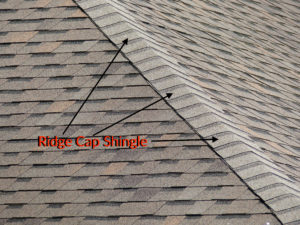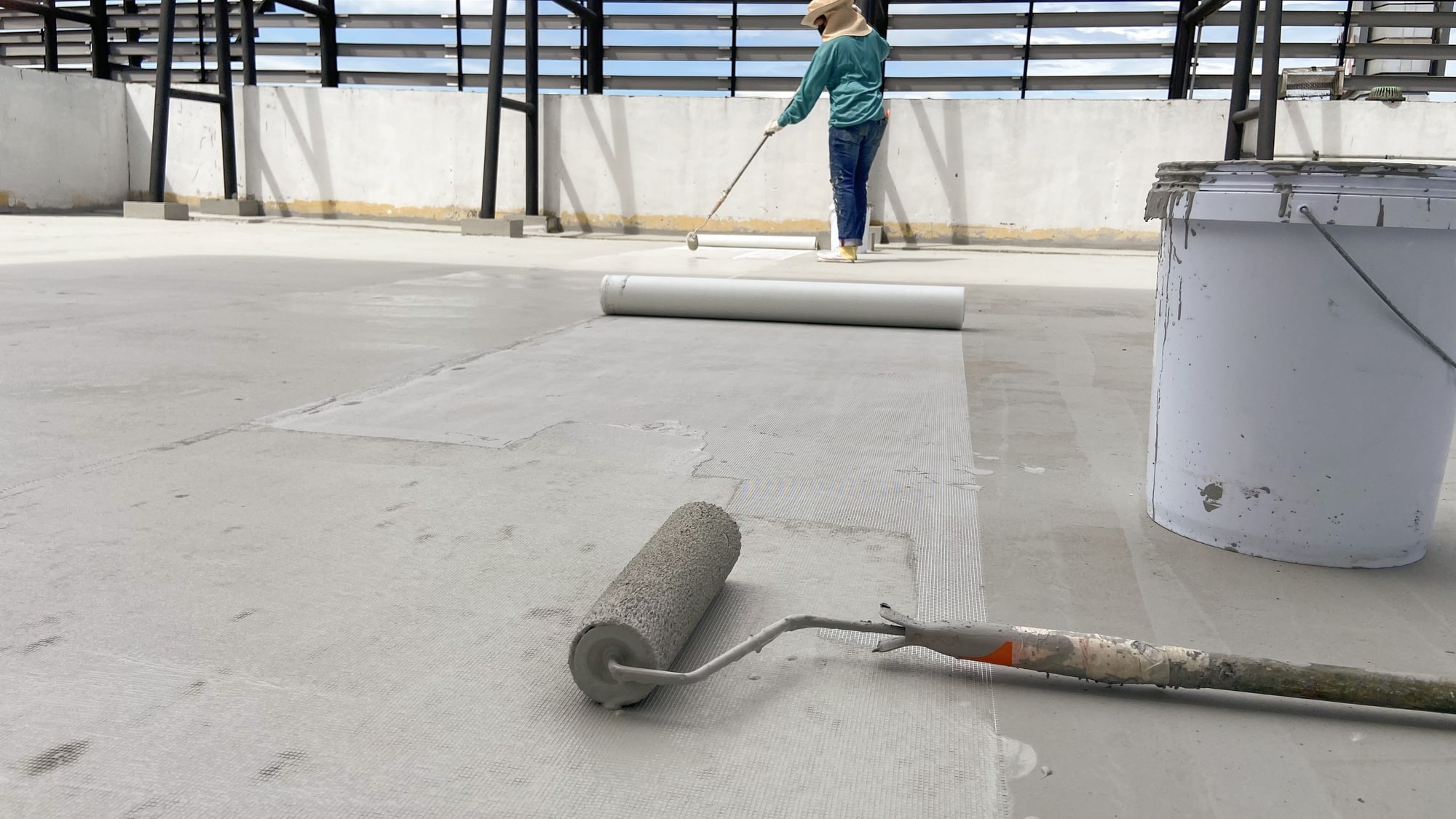Contractors save time by stacking several shingle bundles on a roof before installing them. However, if stacked poorly, the shingles (or roof) can become damaged, which will adversely affect the overall longevity of the roof. Read on for some tips and tricks for stacking shingles on a roof.
Shingle Stacking Do’s And Don’ts
Weather Watch
Keeping a close eye on the weather will help you care for shingle stacks placed on the roof. Consider signing up for severe weather alerts so you can be warned of sudden temperature changes or incoming storms.
Add ’em Up
Calculate how many shingles will be in each package and how many stacks you can safely bring onto the roof at one time. Knowing how many shingles will be in each package will tell you their projected weight, and how to safely distribute them on the roof.
Gently Does It
Lightly lay the shingles on the roof flat. Leave them in the package for extra protection, and so they stay together. With three-tab shingles, which are thinner and lighter, you can lay them over hips or roof ridges.
Brace Yourself
If a roof has a high pitch, nail a board below where you’ll put the shingles to brace your shingle stacks. This will prevent them from sliding down, being a safety hazard, or knocking into other tiles and damaging them.
Share The Load
Lay your bundles in all different locations on the roof. This will both distribute the weight evenly to prevent damage and make the shingles easier to access during your process, improving your workflow.
Be careful not to lay too many in one place, as this could create too much weight that might weaken the roof. If you are using laminate shingles (also known as architectural shingles), try not to lay them over ridges. Because they are thicker and heavier, they are more likely to compromise the integrity of the roof. Laminate shingles also have two-layers, which give them dimension. However, it also makes them more resistant to bending and more likely to be damaged or misaligned between their 2 layers if dropped or bent over a ridge.
“Break” Carefully
Carefully break the bundles. Some roofers stack bundles over ridges with the intention of separating the asphalt shingles from each other. This is called “breaking the bundles.” It is crucial that this still be done gently, as the bundles could harm the roof if it is done forcefully.
Heat Protection
Keep your shingle bundles in the shade during sunny days and high temperatures. When it is time to bring them on top of the roof, try to keep them in the shade (i.e. a chimney or shaded area of the roof) if it’s available. Hot weather affects composite, asphalt, 3-tab shingles by making them more pliable. The shingle sealant is in the center of the bundle and is also heat-activated. This might be problematic if it sets and makes the shingles stick together. Laminate shingles don’t tend to have this same problem since they have adhesive towards the edges. If you lay the asphalt shingles granule side up, the adhesive won’t stick as much and might help remove individual shingles from the bundle.
Powerblanket hot boxes and bulk material warmers allow roofers to work year-round by protecting shingles from extreme temperatures. But also at hand are Powerblanket bucket heaters that allow adhesive application even in frigid conditions.
Cold Protection
Keep your bundles in a warm truck cab for as long as possible before use. Even better, get a hot box heater that will keep your shingles and adhesive warm enough to use around the clock. Cold weather has the opposite effect on shingles. It tends to make them more brittle and less flexible. Cap shingles that cover hips and ridges become especially sensitive to breakage if it’s cold.
Keep A Clean Site
You might initially start laying shingles on a clean surface, but make sure to be aware of any dirt or debris that might fly up onto the roof. If it gets into the adhesive, it will diminish its wind resistance significantly. Read more about wind damaged shingles here.
Don’t Stack Too High
A typical bundle weighs 75-80 pounds, which can quickly lead to a lot of pressure if you stack them on top of each other. Another reason to avoid stacking too many is to not risk them toppling over and becoming damaged. If you are using asphalt composite shingles, 9 stacked bundles is probably the limit.
Watch Your Placement
Try not to stack your roofing bundles in vulnerable places, such as in roof valleys. You will increase risk of damages your shingles.
Powerblanket Roofing Solutions
Bulk Material Warmers
Roofing crews must take care when stacking shingles, whether for storage or to prepare for installation. Ambient temperatures on a job site or a roof greatly affect the pliability and durability of roofing shingles. Stacking shingles in a hot box heater where you can closely control their temperature will preserve your materials and make them easier to work with. Storing shingles, adhesives, sealants and other roofing materials within proper temperatures greatly increases their usability. Industrial Hot Boxes from Powerblanket protect temperature-sensitive materials during storage, transportation, and on the job site.
Our Hot Boxes provide uniform heat to all materials stored inside. This reduces the chance of having any hot and cold spots. Powerblanket specializes in cold weather construction solutions. Protect your roofing protect from anything mother nature throws at you and keep jobs on schedule all year long. Contact us today to find the roofing solutions for your needs at 844.280.1276 or [email protected].
Frequently Asked Questions
How do you stack shingles on a roof?
To stack shingles on a roof, distribute the weight evenly by placing bundles in various locations, use a board to brace shingles on high-pitched roofs, and keep them in their packaging to protect them until installation.
Is it OK to put two layers of shingles on a roof?
While it is possible to overlay two layers of shingles, it is generally recommended to limit it to one layer to avoid potential structural issues and ensure optimal performance.
How do you overlap roof shingles?
Overlap each row of shingles by at least 3 to 4 inches, and consider using a leak barrier protector in areas with inclement weather to enhance protection.
Is it okay to put shingles on top of shingles?
Yes, you can place shingles on top of existing ones, but it is advisable to check local building codes and manufacturer guidelines to ensure compliance and avoid structural problems.
The Powerblanket Hot Box is the perfect solution for your bulk material heating needs.




